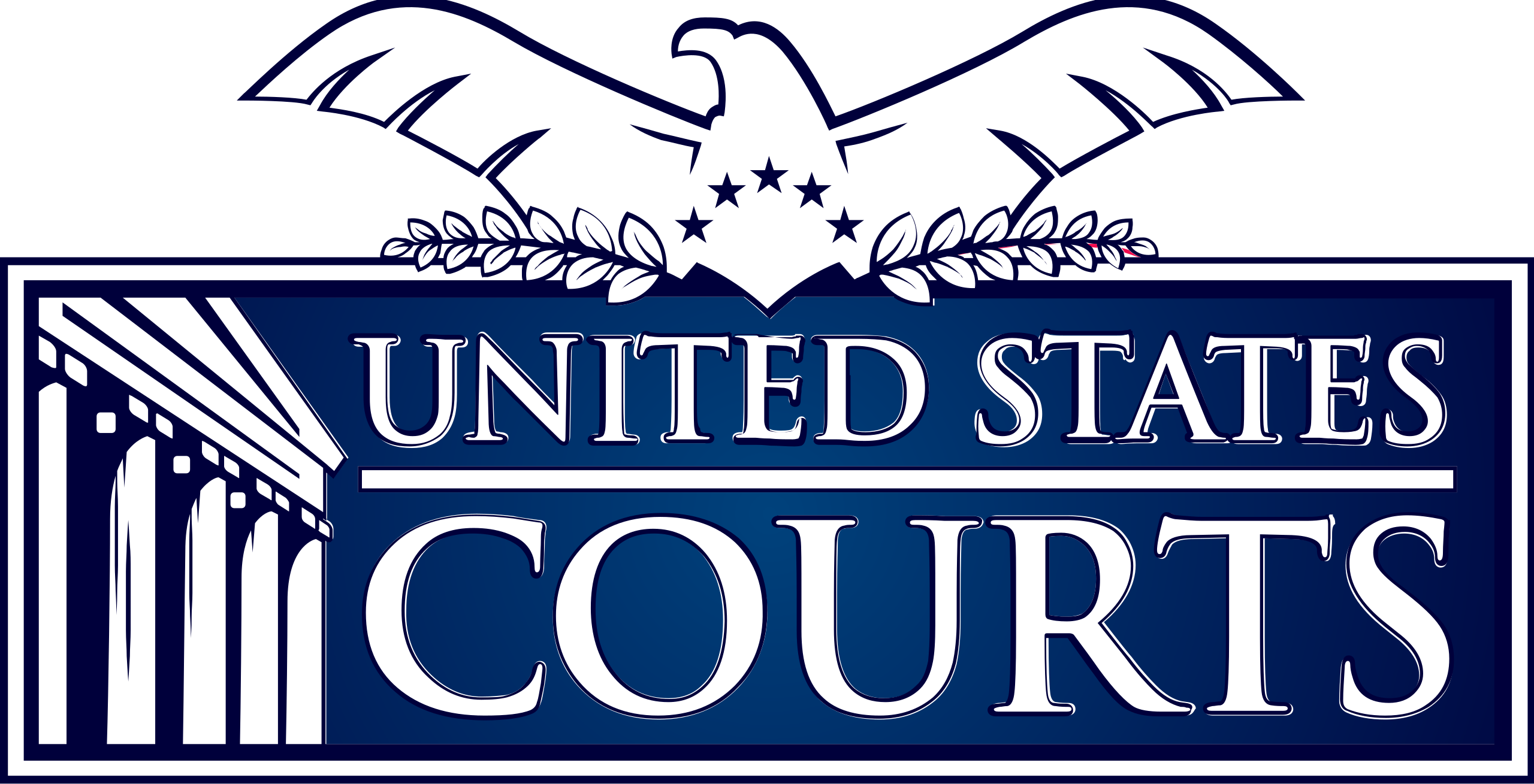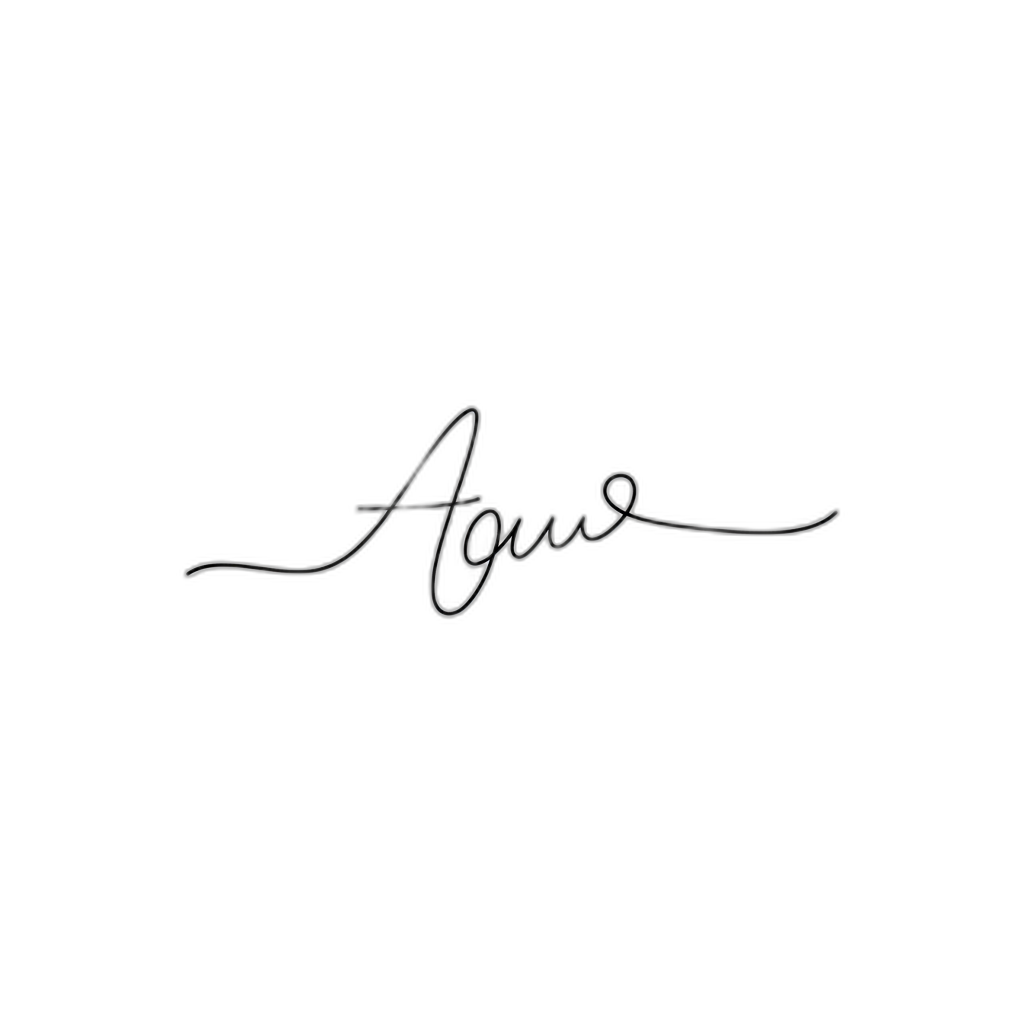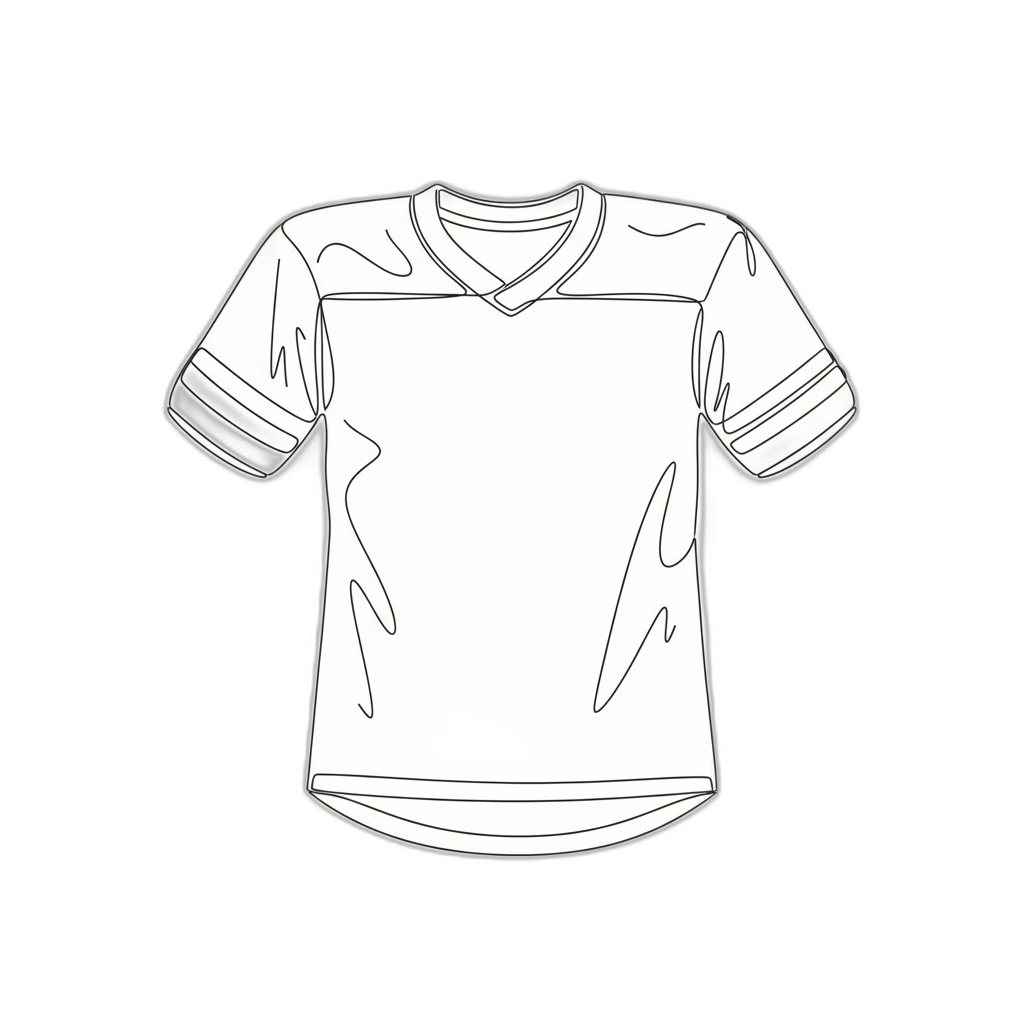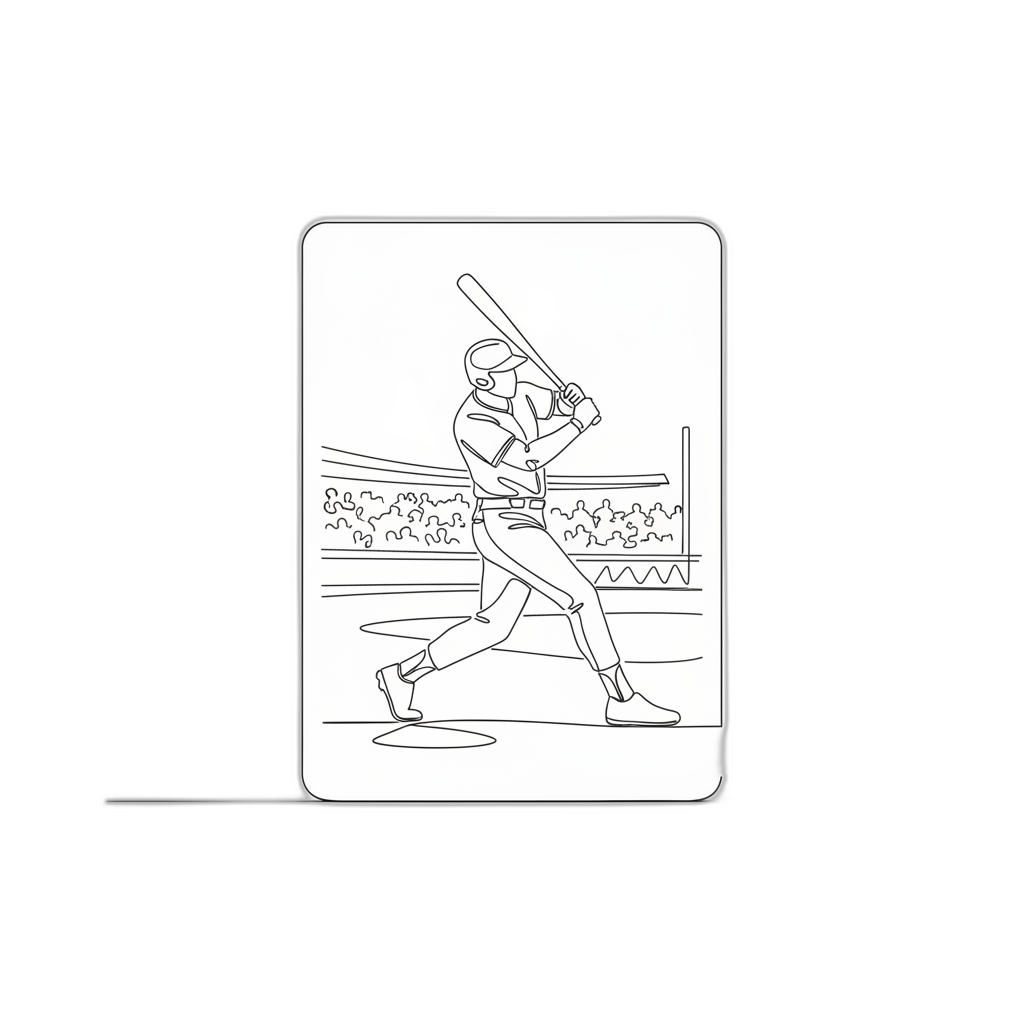About Sports Memorabilia Appraisals for Insurance Coverage
Frequently Asked
Questions
No Frequently Asked Questions Found.
What is Insurance Coverage?
Insurance coverage represents a critical financial protection mechanism that shields individuals and businesses from potential economic losses. At its fundamental core, this concept transfers specific risks from policyholders to insurance companies through a structured agreement.
The essential mechanism involves policyholders paying regular premiums in exchange for financial protection against predefined potential losses. This risk management strategy allows people and organizations to navigate uncertain circumstances with greater confidence and stability.
Coverage operates across multiple dimensions, addressing diverse potential scenarios ranging from property damage to personal liability. The breadth and depth of protection depend entirely on the specific policy's terms, which outline precisely what circumstances and financial losses are eligible for compensation.
When evaluating insurance coverage, individuals must carefully assess their unique risk profile, considering factors like personal assets, potential liabilities, and financial vulnerabilities. Different types of insurance—such as property, health, auto, and liability policies—offer targeted protections designed to address specific potential challenges.
The value of comprehensive insurance coverage extends beyond immediate financial compensation. It provides psychological reassurance, enabling policyholders to pursue personal and professional activities with reduced anxiety about potential catastrophic losses. By strategically transferring risk, individuals can maintain financial resilience even when unexpected events occur.
Understanding policy details becomes paramount in maximizing coverage effectiveness. Policyholders should meticulously review limitations, exclusions, deductibles, and coverage limits to ensure their protection aligns precisely with their individual needs and potential risk exposures.
Why do I need an appraisal for Insurance Coverage?
Understanding the importance of an appraisal for insurance coverage is a critical step in comprehensive risk management. This professional assessment provides a precise valuation of property, assets, and collections, ensuring that insurance policies offer comprehensive financial protection.
The primary purpose of an insurance coverage appraisal is to establish an accurate and current value of insured items. This valuation serves as a crucial benchmark for determining appropriate coverage levels and potential reimbursement in the event of loss or damage. Without a professional appraisal, policyholders risk significant financial vulnerability.
Accurate appraisals offer multiple strategic advantages. They help prevent underinsurance by revealing potential gaps between current market value and existing policy limits. Property values fluctuate continuously, and what was an appropriate coverage amount years ago may now be substantially different. Regular professional assessments ensure that insurance protection remains aligned with actual asset values.
For specialty items like fine art, jewelry, antiques, and unique collections, standard insurance valuations often fall short. Professional appraisals provide nuanced assessments that capture the true worth of these distinctive assets. This becomes particularly important when standard valuation methods cannot adequately capture an item's intrinsic or market value.
Moreover, a comprehensive appraisal serves as an objective documentation tool. In potential claim scenarios, these professional evaluations provide credible evidence supporting the claimed value of damaged or lost property. This documentation can be instrumental in expediting claims processes and preventing disputes between policyholders and insurance providers.
Beyond immediate insurance considerations, appraisals offer valuable insights into market trends and asset appreciation. They help policyholders make informed decisions about insurance coverage, potential investments, and long-term asset management strategies.
Ultimately, an insurance coverage appraisal is more than a bureaucratic requirement—it's a strategic financial tool. By providing precise, current valuations, these assessments empower property owners to protect their assets effectively and navigate potential risks with confidence.
What is a Sports Memorabilia appraisal?
A sports memorabilia appraisal represents a comprehensive professional evaluation that meticulously determines the value of sports-related collectibles. This specialized assessment goes far beyond a simple price tag, diving deep into the intricate factors that contribute to an item's worth.
The process begins with a thorough physical examination of the item, where expert appraisers scrutinize multiple critical elements. Condition is paramount, with even minor imperfections potentially dramatically impacting value. Rarity, historical significance, and provenance play equally crucial roles in establishing an item's true market value.
Authentication stands as a cornerstone of the appraisal process. Verifying the legitimacy of signatures, confirming game-use or event provenance, and detecting potential counterfeits requires specialized knowledge and expertise. Appraisers leverage extensive research, comparative market analysis, and sometimes advanced forensic techniques to validate an item's authenticity.
Market dynamics introduce another layer of complexity to sports memorabilia valuation. The collectibles market is fluid, influenced by factors ranging from athlete performance and career milestones to broader cultural trends. An experienced appraiser must navigate these nuanced shifts, understanding how current sports narratives and collector sentiments can rapidly transform an item's perceived value.
The final appraisal report represents a comprehensive document that transcends a simple monetary assessment. It provides a detailed narrative of the item's historical context, physical characteristics, and potential market positioning. This documentation proves invaluable for insurance purposes, potential sales, estate planning, and personal collection management.
For collectors and enthusiasts, a professional appraisal offers more than just a financial perspective—it provides a deeper understanding of their cherished sports artifacts, connecting tangible objects to broader historical and emotional narratives.
Can I get a Sports Memorabilia appraisal done online?
Online sports memorabilia appraisals have become increasingly accessible and efficient in the digital era. Professional appraisers now leverage advanced technological tools to provide comprehensive evaluations without requiring in-person meetings.
Photographic documentation plays a critical role in digital appraisals. High-quality, detailed images allow expert appraisers to carefully examine item condition, authenticity, and unique characteristics. Collectors can capture multiple angles and close-up shots, which help appraisers conduct thorough assessments remotely.
Live video consultations offer an interactive alternative for those seeking real-time expertise. Using platforms like Zoom or Facetime, appraisers can guide collectors through precise documentation techniques, ensuring every significant detail is captured. This approach enables immediate communication and allows for dynamic, collaborative evaluation processes.
Geographic barriers are effectively eliminated through online appraisal services. Whether you own a vintage baseball card, signed jersey, or rare collectible, professional appraisers can now provide expert assessments regardless of your location. These digital platforms are designed to accommodate diverse collector needs, offering flexible and specialized valuation services.
The key to a successful online appraisal lies in selecting a reputable service that maintains rigorous professional standards. Collectors should prioritize appraisers who demonstrate expertise, utilize comprehensive evaluation methods, and provide transparent, detailed reports.
What are the different types of Sports Memorabilia appraisals?
Sports memorabilia appraisers represent a nuanced professional landscape with distinct specializations and expertise. These professionals offer critical insights into the valuation and authentication of collectible sports items through various focused approaches.
General appraisers provide broad assessments of collectibles, leveraging comprehensive market knowledge to estimate item values. Their versatility allows them to evaluate sports memorabilia alongside other collectible categories, offering a generalist perspective on potential worth.
Certified appraisers distinguish themselves through rigorous professional training and adherence to established ethical standards. Their qualifications typically involve comprehensive education and certification from recognized professional organizations, ensuring methodical and standardized evaluation processes for sports collectibles.
Professional sports memorabilia appraisers represent the most specialized segment of this field. These experts concentrate exclusively on sports-related collectibles, developing deep understanding of specific categories like autographed jerseys, game-used equipment, and vintage trading cards. Their profound knowledge of player histories, statistical contexts, and market dynamics enables precise valuation methodologies.
Auction house appraisers bring unique market-driven perspectives to sports memorabilia evaluation. Connected to extensive buyer and seller networks, they excel at determining potential sales prices and understanding current market trends. Their expertise is particularly valuable in predicting potential auction performance and collector interest.
Sports authentication experts, while not traditional appraisers, play an essential role in the valuation ecosystem. Their primary function involves verifying item authenticity, a critical step in establishing accurate monetary value. By identifying genuine artifacts and detecting potential counterfeits, they provide foundational credibility to the appraisal process.
Why should I get a Sports Memorabilia appraisal?
Sports memorabilia carries both sentimental and financial significance, making professional valuation a critical step for collectors and investors. A comprehensive appraisal offers strategic insights that extend far beyond simple monetary assessment.
Tax considerations represent a primary driver for professional evaluation. When donating items valued over $5,000, the IRS mandates a qualified appraisal to substantiate tax deduction claims. This documentation provides critical evidence of an item's worth, ensuring compliance with federal tax regulations and maximizing potential financial benefits.
Insurance protection emerges as another essential aspect of memorabilia appraisal. Without accurate valuation, collectors risk inadequate coverage in scenarios involving theft, damage, or loss. Professional assessments enable insurers to establish appropriate protection levels, safeguarding your investment against unforeseen circumstances.
Estate planning and potential legal proceedings also benefit significantly from professional appraisals. These documents provide clear, objective valuations that can prevent inheritance disputes, facilitate equitable asset distribution, and offer definitive evidence during legal negotiations such as divorce settlements or business conflicts.
Beyond practical considerations, appraisals deliver nuanced market intelligence. Understanding current valuation trends, demand fluctuations, and comparable sales empowers collectors to make informed decisions about purchasing, selling, or maintaining their collections. This knowledge transforms collecting from a hobby into a strategic investment approach.
Ultimately, a professional sports memorabilia appraisal represents more than a financial assessment. It's a comprehensive tool that protects, informs, and validates a collector's passion and investment, bridging emotional attachment with financial prudence.
How much does a Sports Memorabilia appraisal cost?
What Makes Sports Memorabilia Truly Valuable?
Factors Determining Sports Memorabilia Value
Sports memorabilia represents more than just collectible items; they are tangible pieces of athletic history that can hold significant financial and emotional value. Understanding the key elements that contribute to a piece's worth is crucial for collectors and investors.
Key Value Determinants
- Rarity and Scarcity
The scarcity of an item dramatically influences its market value. Collectors prize:
- Limited edition collectibles
- Autographed pieces
- Items from iconic sports moments
- Historical Significance
Memorabilia connected to remarkable sporting events or legendary athletes often carries intrinsic value that can appreciate over time. Prime examples include:
- Championship game artifacts
- Record-breaking performance items
- Pieces marking pivotal career moments
- Condition and Authenticity
Two critical factors that directly impact valuation:
- Physical preservation quality
- Verified provenance
- Certification of authenticity
- Market Dynamics
Value can fluctuate based on:
- Current collector trends
- Athlete popularity
- Media attention
- Cultural relevance
- Ownership History
Provenance can significantly enhance an item's desirability, especially when previously owned by:
- Renowned athletes
- Sports celebrities
- Historical sports figures
Comprehensive Valuation Approach
A thorough appraisal synthesizes these factors to determine a fair market value. This holistic assessment ensures accurate representation of the memorabilia's true worth, providing collectors with confidence in their investment and appropriate insurance coverage.
Ultimately, sports memorabilia represents more than mere objects—they are living fragments of sporting history, each with a unique story and potential for significant value appreciation.
Why Professional Appraisal Matters for Insurance Protection
When it comes to protecting your valuable sports memorabilia, understanding the significance of a professional appraisal is crucial for comprehensive insurance coverage. Insurance providers often require precise valuations to determine appropriate coverage levels and premiums, making expert appraisal an essential step for collectors and investors.
Why Professional Appraisal Matters
A professional appraisal offers a comprehensive evaluation of your sports memorabilia, considering multiple critical factors:
- Accurate Valuation
Professionals use specialized expertise to assess the fair market value of your items, ensuring you're adequately covered against potential loss or damage. This precision helps prevent underinsurance, which could result in significant financial complications.
- Comprehensive Documentation
A detailed appraisal report provides essential documentation that insurers require. This professionally prepared document serves as critical proof of value during claims processing, potentially expediting recovery in case of loss.
- Comprehensive Market Analysis
The appraisal process includes an in-depth analysis of current market conditions, revealing how your memorabilia's value might fluctuate due to:
- Current market trends
- Collector demand
- Significant sports events
- Player achievements or retirements
- Enhanced Financial Confidence
Professional appraisals provide peace of mind by offering a clear, objective assessment of your collection's value. This knowledge helps collectors make informed decisions about insurance coverage and collection management.
Long-Term Benefits of Professional Appraisal
Beyond immediate insurance needs, a professional appraisal supports strategic decision-making by:
- Guiding future purchase strategies
- Informing potential sale considerations
- Assisting with estate planning
- Providing a reliable valuation baseline for your collection
Ultimately, a professional appraisal is an invaluable tool in safeguarding your sports memorabilia investment, ensuring comprehensive protection and financial security.
Recognizing High-Value Sports Collectibles
In the world of sports memorabilia, recognizing high-value collectibles is crucial for collectors and investors. Understanding what makes an item valuable can significantly impact your collection's worth and insurance coverage.
Key Factors Determining Collectible Value
Rarity
Rarity is a critical determinant of value. High-value sports collectibles often include:
- Limited edition items
- Signed game-worn jerseys
- Championship rings
- One-of-a-kind memorabilia
Condition
The preservation state of a collectible dramatically influences its market value. Key considerations include:
- Grading by reputable organizations (PSA, Beckett)
- Assessment of wear and tear
- Preservation of original characteristics
- Absence of damage like fading, creases, or discoloration
Provenance
The item's history and origin can significantly enhance its value. Important provenance aspects include:
- Ownership by iconic athletes
- Certificates of authenticity
- Documented historical significance
- Connection to memorable sports moments
Market Dynamics
The sports memorabilia market is dynamic and can be influenced by:
- Cultural phenomena
- Anniversary celebrations
- Media coverage
- Athlete performance and legacy
Staying informed through engagement with appraisers, auction houses, and industry news is essential for understanding current market trends and making strategic collecting decisions.
Key Factors that Drive Sports Memorabilia Valuation
Understanding Sports Memorabilia Valuation
Several critical factors combine to determine the true value of sports memorabilia, making the appraisal process both intricate and nuanced. Collectors and insurance professionals must carefully evaluate multiple dimensions to accurately assess an item's worth.
Key Valuation Drivers
- Rarity and Scarcity
The uniqueness of a sports collectible directly influences its market value. Items characterized by limited availability, such as:
- One-of-a-kind autographed releases
- Game-worn equipment from historic matches
- Limited edition commemorative pieces
Typically command significantly higher prices due to their inherent exclusivity.
- Condition and Professional Grading
Physical preservation is paramount in memorabilia valuation. Professional grading systems meticulously evaluate an item's:
- Structural integrity
- Surface preservation
- Color retention
- Overall aesthetic quality
Pristine items can be worth exponentially more than comparable pieces in compromised condition.
- Authenticated Provenance
An item's documented history plays a crucial role in establishing its legitimacy and value. Critical provenance elements include:
- Verified ownership documentation
- Certificates of authenticity
- Direct connections to specific athletes or events
- Professional authentication from recognized sports memorabilia experts
- Athlete and Team Significance
The reputation and cultural impact of associated athletes or teams dramatically influence collectible values. Factors include:
- Hall of Fame status
- Career achievements
- Cultural legacy
- Current market popularity
- Dynamic Market Trends
Sports memorabilia values are not static but constantly evolving based on:
- Current sports performance
- Media coverage
- Generational nostalgia
- Broader economic conditions
Strategic Considerations
Understanding these valuation factors empowers collectors to make informed decisions about their sports memorabilia investments. Comprehensive evaluation ensures appropriate insurance coverage and protects the financial and sentimental value of cherished collectibles.
Navigating the Sports Memorabilia Appraisal Methodology
Understanding the sports memorabilia appraisal methodology is crucial for collectors seeking comprehensive insurance coverage. An accurate appraisal protects your investment and ensures proper financial protection in case of loss, theft, or damage.
Key Steps in Sports Memorabilia Appraisal
1. Establishing Authenticity
- Verify item details and provenance
- Examine certificates of authenticity
- Review official documentation
- Utilize specialized tools to distinguish genuine items from reproductions
2. Comprehensive Condition Assessment
- Evaluate physical state of the memorabilia
- Analyze wear and tear
- Inspect for potential damage or repairs
- Understand how condition impacts overall value
3. Detailed Market Analysis
- Review recent sales data
- Examine auction results
- Track current market trends
- Identify comparable items
- Assess potential value appreciation or depreciation
4. Comprehensive Documentation
- Generate detailed appraisal report
- Include high-quality photographs
- Provide item descriptions
- Summarize appraisal methodology
- Create document for insurance underwriting purposes
A professional appraisal provides collectors with critical insights into their sports memorabilia's true value and ensures appropriate insurance coverage. By understanding these fundamental steps, collectors can make informed decisions and protect their valuable investments.
Selecting a Qualified Sports Memorabilia Appraiser
Essential Criteria for Selecting a Sports Memorabilia Appraiser
Choosing the right sports memorabilia appraiser is a critical decision that can significantly impact your collection's valuation and insurance coverage. The following key factors will help you identify a qualified professional:
1. Specialized Expertise
- Seek appraisers with deep knowledge of sports memorabilia
- Look for professionals who understand specific types of collectibles (jerseys, autographs, trading cards)
- Verify their familiarity with current market trends and historical value nuances
2. Professional Credentials
- Confirm membership in reputable appraisal organizations
- Check for certifications from recognized bodies like:
- American Society of Appraisers (ASA)
- International Society of Appraisers (ISA)
- Validate their adherence to professional ethical standards
3. Valuation Methodology
- Ensure a transparent and systematic approach to appraisal
- Expect detailed documentation including:
- Comprehensive written reports
- High-quality photographs
- Comparable sales data
- Precise valuation calculations
- Verify their ability to explain valuation process clearly
4. Professional Reputation
- Research client testimonials and reviews
- Check standing in collectibles community
- Evaluate communication and professionalism
- Request and contact professional references
By carefully evaluating these critical aspects, you can confidently select a sports memorabilia appraiser who will provide an accurate, comprehensive, and trustworthy valuation of your cherished collectibles.
Essential Documentation for Accurate Valuation
Key Documentation for Comprehensive Sports Memorabilia Valuation
Accurate insurance coverage for sports memorabilia hinges on meticulous documentation. Comprehensive records not only facilitate precise valuation but also protect your valuable collection.
Essential Documentation Components
- Certificates of Authenticity (COAs)
- Verify legitimacy of autographs and collectibles
- Significantly impact market value
- Alternative: Expert affidavits or professional authentication
- Photographic Evidence
- High-resolution images from multiple angles
- Capture distinguishing features and condition
- Document any imperfections or unique characteristics
- Comprehensive Inventory List
- Detailed item descriptions
- Purchase prices and acquisition dates
- Complete provenance information
Supporting Documentation
- Previous auction records
- Historical appraisal reports
- Verified market valuation documentation
Documentation Best Practices
- Organize documents systematically
- Maintain digital and physical copies
- Keep records easily accessible
- Update documentation regularly
Strategic documentation provides crucial context for your sports memorabilia's value, ensuring comprehensive insurance coverage and protecting your investment. A well-prepared collection demonstrates both the financial and historical significance of your cherished items.
Preserving and Preparing Your Sports Collectibles for Appraisal
Preserving Your Sports Collectibles: A Comprehensive Guide
Protecting and preparing sports memorabilia for appraisal is critical to ensuring their value, authenticity, and long-term preservation. The right approach can significantly impact the appraisal process and safeguard your valuable collections.
Storage Fundamentals
- Climate Control: Create an optimal preservation environment with:
- Consistent temperature around 70°F
- Humidity levels between 40-50%
- Protection from direct sunlight and temperature fluctuations
- Protective Materials:
- Use archival-quality storage solutions
- Select acid-free sleeves, cases, and protective boxes
- Shield items from dust, light, and potential physical damage
Documentation and Authentication
- Comprehensive Record Keeping:
- Preserve purchase receipts
- Collect certificates of authenticity
- Document item's historical background
- Visual Documentation:
- Capture high-resolution photographs
- Photograph from multiple angles
- Highlight unique characteristics and condition
Pre-Appraisal Preparation
- Careful Cleaning Techniques:
- Remove surface dust gently
- Avoid harsh cleaning chemicals
- Use specialized cleaning methods for delicate items
- Professional Consultation:
- Seek insights from sports memorabilia experts
- Understand potential value-enhancing factors
- Address potential condition issues
By implementing these strategic preservation methods, collectors can maintain the integrity and value of their sports memorabilia. Meticulous preparation not only facilitates a smooth appraisal process but also provides long-term protection for cherished collectible investments.
Decoding Your Appraisal Report: What You Need to Know
Decoding Your Sports Memorabilia Appraisal Report
Understanding your sports memorabilia appraisal report is critical, especially when preparing for insurance coverage. These professional documents provide comprehensive documentation of your collectibles' value and authenticity.
Key Components of a Comprehensive Appraisal Report
- Appraiser's Professional Credentials
- Verify the appraiser's professional certifications
- Check membership in recognized appraisal organizations
- Confirm specialized expertise in sports memorabilia
- Detailed Item Description
- Comprehensive information about each collectible
- Precise details including manufacture date
- Thorough condition assessment
- Authentication markers
- Comparative Market Analysis
- Recent sales of similar items
- Current market trends
- Valuation context
- Valuation Specifics
- Multiple value perspectives (replacement, market, insurance)
- Clear, itemized pricing
- Transparent calculation methodology
- Photographic Documentation
- High-quality visual evidence
- Multiple angle views
- Condition verification
- Report Limitations and Disclaimers
- Understanding potential restrictions
- Recognizing evaluation boundaries
- Identifying potential future reassessment needs
Why Comprehensive Understanding Matters
A thoroughly examined appraisal report serves multiple crucial purposes: protecting your investment, ensuring accurate insurance coverage, and providing a definitive record of your sports memorabilia's value and authenticity.
By carefully reviewing each section of your appraisal report, you'll gain crucial insights that help safeguard your valuable collectibles and make informed decisions about their preservation and protection.
Comprehensive Insurance Strategies for Sports Memorabilia
Developing a Comprehensive Insurance Strategy for Sports Memorabilia
Sports memorabilia collecting is more than a hobby—it's a significant financial investment that requires strategic protection. A well-crafted insurance approach can safeguard your valuable collection and provide critical financial security.
Key Components of Sports Memorabilia Insurance Protection
- Professional Valuation: Obtain a comprehensive appraisal to establish accurate market value
- Detailed Documentation: Maintain extensive records of each collectible item
- Appropriate Insurance Coverage: Select policies specifically designed for collectibles
- Regular Market Assessments: Periodically reassess collection value and insurance needs
Understanding Insurance Options
Collectors have two primary insurance pathways for protecting their sports memorabilia:
- Standalone Collectibles Policy
- Tailored specifically for collectible items
- Broader coverage options
- Comprehensive protection designed for unique collections
- Endorsement to Existing Policies
- Added to homeowners or renters insurance
- May have more limited coverage
- Potentially more cost-effective for smaller collections
Critical Documentation Strategies
Effective documentation is crucial for protecting your sports memorabilia investment:
- Photograph each item from multiple angles
- Retain original purchase receipts
- Maintain professional appraisal certificates
- Create a detailed inventory with descriptions and estimated values
Market Value Considerations
The sports memorabilia market is dynamic, with values fluctuating based on:
- Player performance and legacy
- Item rarity and condition
- Historical significance
- Current collector market trends
Recommended Best Practices
To maintain optimal insurance protection:
- Reappraise your collection every 2-3 years
- Update insurance coverage to reflect current market values
- Consider specialized collectibles insurance experts
- Implement secure storage and conservation methods
A strategic approach to insurance can transform your sports memorabilia collection from a personal passion to a well-protected financial asset.
Common Questions About Sports Memorabilia Valuation
Key Factors Influencing Sports Memorabilia Value
Sports memorabilia valuation involves a complex interplay of multiple critical elements that determine an item's worth:
- Rarity: Limited edition pieces and unique items typically command higher values
- Condition: Items are graded on a precise scale, with minimal wear significantly increasing worth
- Provenance: Documented history and ownership tracing can dramatically enhance value
- Historical Significance: Memorabilia connected to legendary athletes or pivotal sporting moments
Understanding Appraisal Methodologies
Professional appraisers utilize sophisticated techniques to determine accurate market values:
- Comprehensive market research
- Analysis of recent auction and private sales
- Evaluation of current market trends
- Examination of item-specific characteristics
Insurance Considerations for Collectors
Proper insurance coverage requires careful documentation and periodic valuation:
- Professional Appraisal: Essential for accurate insurance protection
- Valuation Frequency: Recommended every 2-3 years or after significant market shifts
- Documentation: Detailed reports protect your investment
Critical Valuation Insights
Collectors should recognize that sports memorabilia values can fluctuate based on:
- Current market demand
- Athletes' current performance and legacy
- Economic conditions
- Collector interest and trends
By understanding these key factors, collectors can make informed decisions about their sports memorabilia investments and ensure appropriate insurance coverage.
Safeguarding Your Sports Collectible Investments
Sports collectibles represent more than mere items; they are valuable investments with significant potential for appreciation. From vintage baseball cards to autographed jerseys and rare trophies, understanding their true value is critical for comprehensive protection.
Why Professional Appraisal Matters
The sports memorabilia market is complex and dynamic, influenced by multiple nuanced factors:
- Athlete performance trajectories
- Historical significance of items
- Current collector demand trends
Key Appraisal Considerations
Professional appraisers meticulously evaluate sports memorabilia through several critical lenses:
Item Condition
The physical state of a collectible directly impacts its market value. Collectors and insurers closely examine:
- Preservation quality
- Structural integrity
- Signs of wear or damage
Provenance Authentication
Documented item history can dramatically enhance value by establishing:
- Authentic origin
- Historical context
- Previous ownership lineage
Market Dynamics
Contemporary valuation requires understanding current marketplace conditions, including:
- Recent sales data
- Collector interest levels
- Emerging market trends
Strategic Appraisal Recommendations
For optimal asset protection, consider these professional guidelines:
- Obtain professional appraisals every 2-3 years
- Document items with comprehensive photographs
- Maintain detailed condition reports
- Update insurance coverage accordingly
A comprehensive appraisal provides more than monetary valuation—it offers peace of mind, ensuring your cherished sports memorabilia investments remain thoroughly protected against potential risks.








.avif)








.svg)













